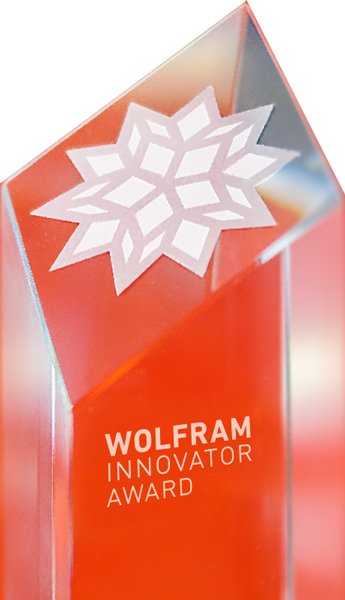Sandipan Bandyopadhyay
Associate Professor, IIT Madras
Areas: Computational Thinking, Education, Physics
Sandipan Bandyopadhyay is an educator and researcher in the fields of mechanisms and robotics. He specializes in theoretical and computational kinematics, in particular in the domain of spatial parallel manipulators, such as the Stewart platform.
Bandyopadhyay’s research involves highly demanding symbolic computations, for which he finds a trusted partner in Mathematica. In at least 20 of his journal publications, the symbolic capabilities of Mathematica have played a significant role. Moreover, the flexibility of Wolfram Language has allowed him to develop algorithms and modules to explore deeper into algebraic geometry and kinematics and create customized tools for analyzing problems using hyper-complex numbers, such as dual numbers and dual quaternions. He uses the dynamic visualization capabilities of Mathematica to bring virtual robots to life, enabling his students to manipulate them and develop a better understanding of complicated motions of constrained multibody systems.

